Great Burial Places gallery
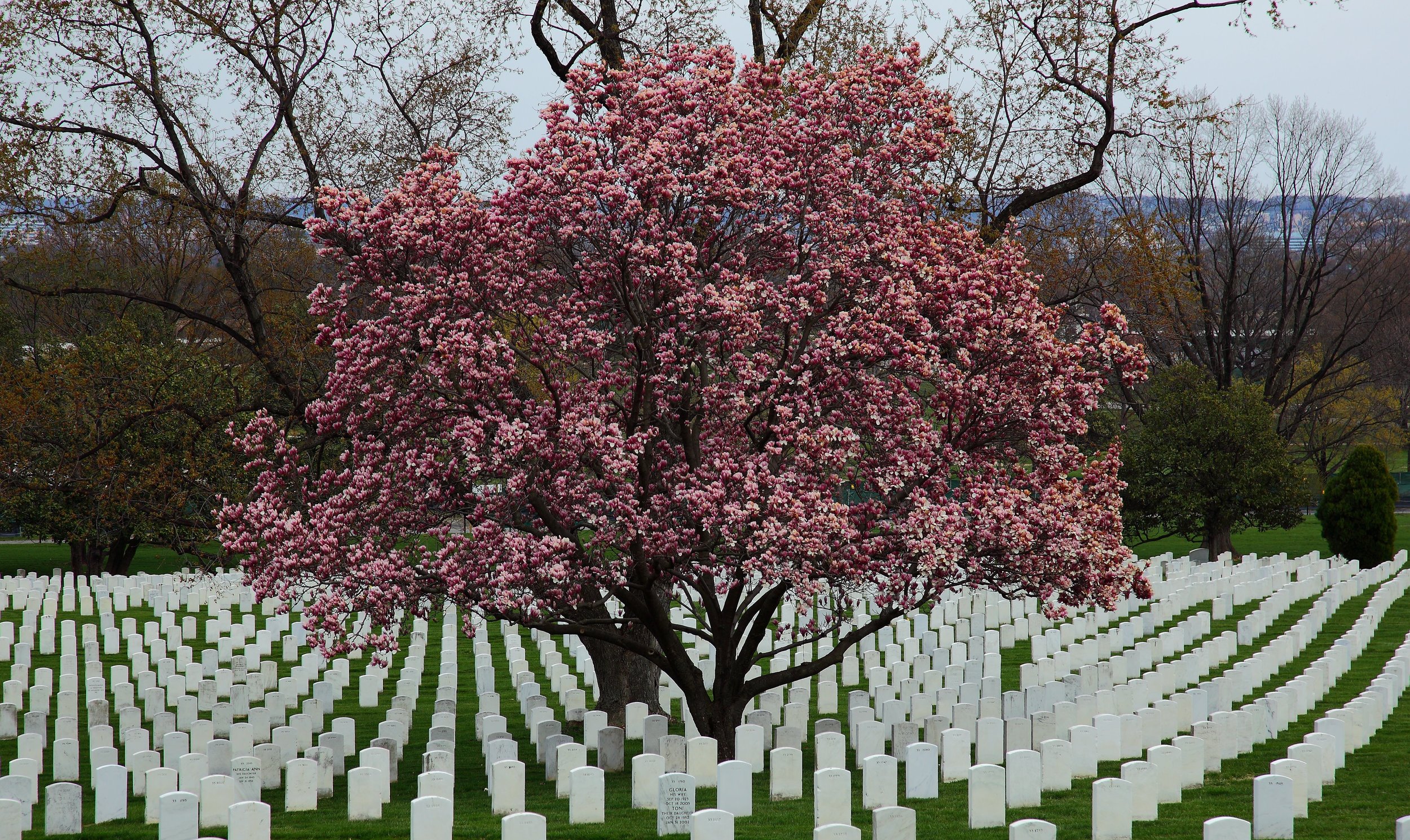
ARLINGONG NATIONAL CEMERTERY. VIRGINIA, USA.
A last resting place for anyone who fought in any of America’s conflicts. A venue at which to remember, mourn and thank those who made the ultimate sacrifice for their country. A site where those who have fought the good fight are assembled to rest in peace and honoured glory. Hallowed ground.
Rows of headstones, all facing east, march across a hillside in the national cemetery.
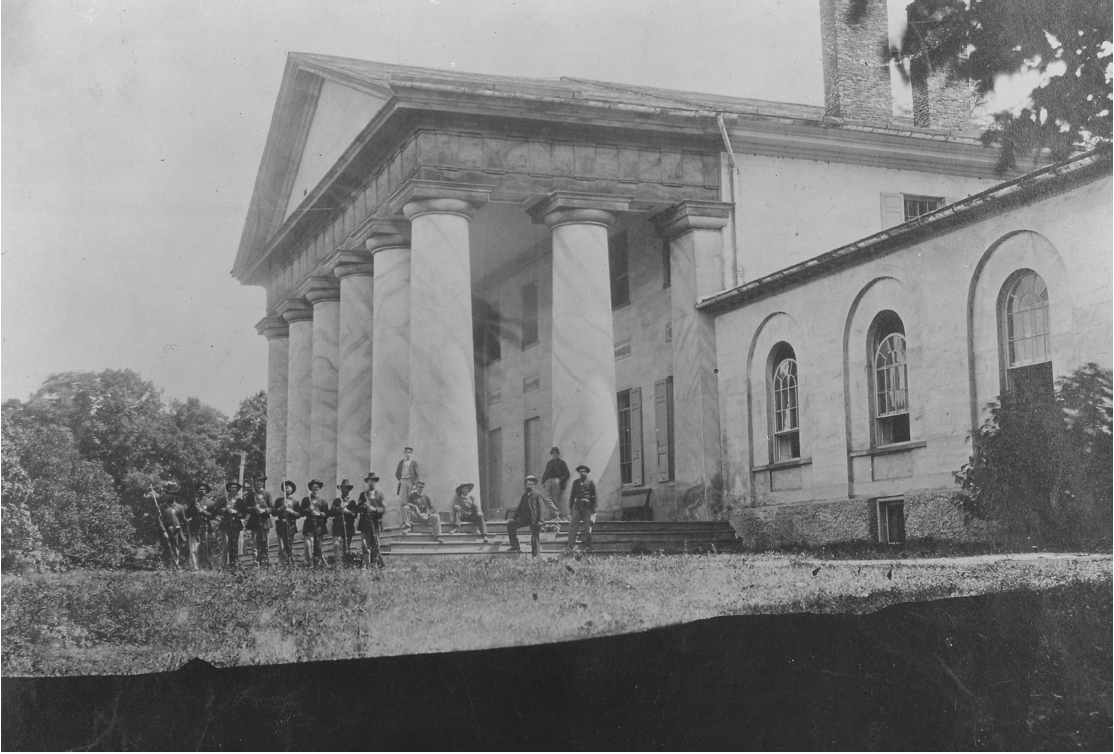
Union troops at Arlington Mansion. 28 June 1864.
At the outbreak of the American Civil War, when Virginia seceded from the Union, General Robert E. Lee resigned his commission, shifted his allegiance to the rebel side and became head of the armed forces of the Confederate States of America. Fearing the worst, his wife buried much of the family treasure in the grounds of their estate, Arlington Estate, and fled, never to return. The government seized her property and turned it into a national military cemetery.
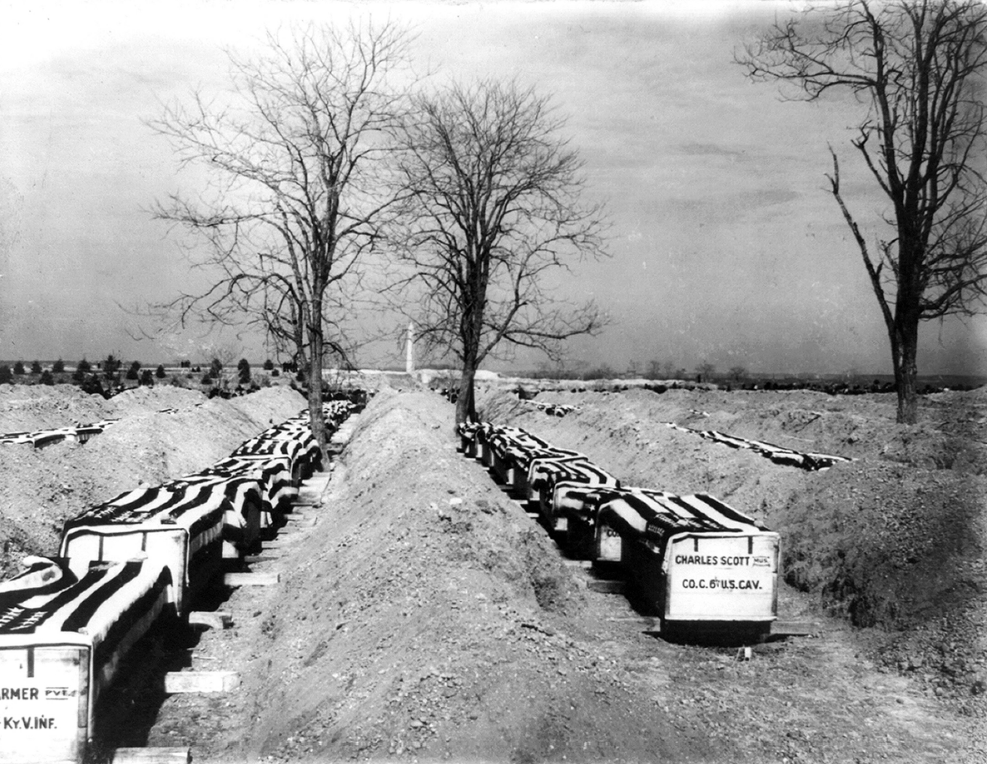
Coffins of soldiers killed in the American-Spanish War of 1898 are readied for burial.
The Washington Monument can be seen in the background.
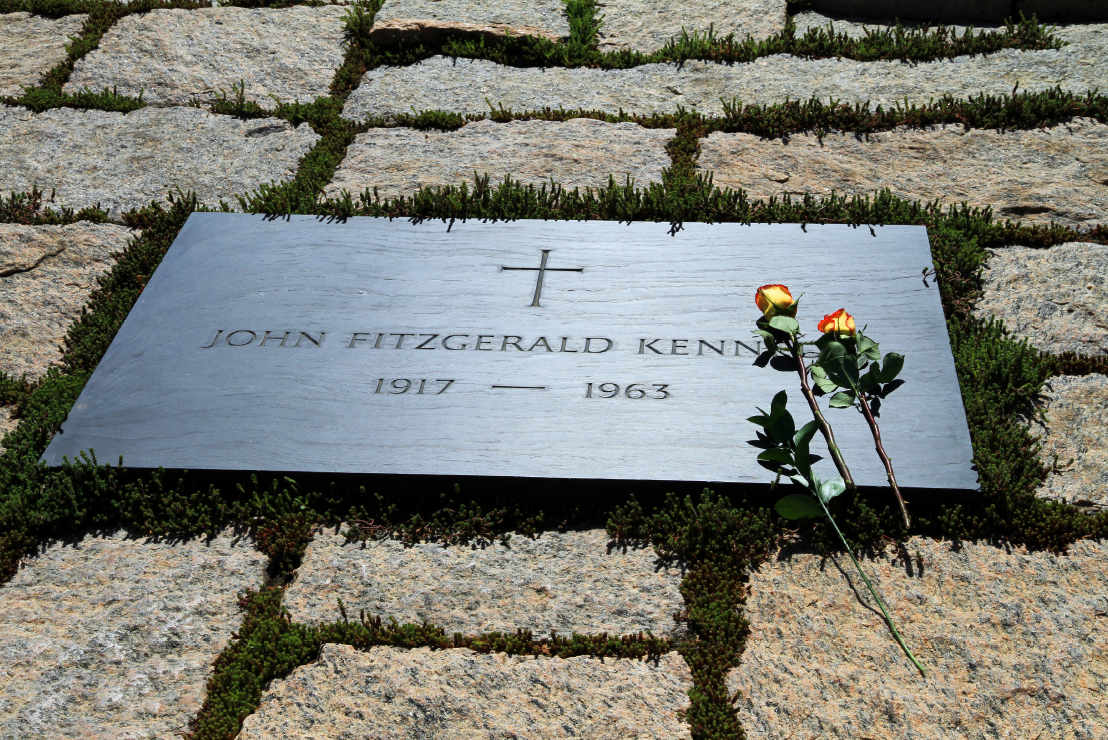
A simple plaque marks the grave of President John F. Kennedy.
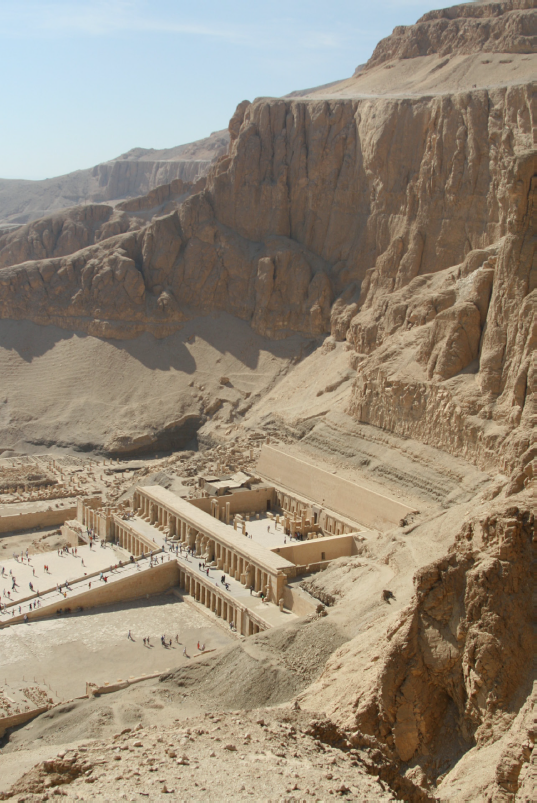
VALLEY OF THE KINGS, LUXOR. The mortuary temple of the pharaoh Queen Hatshepsut (r.1479-1458 BCE) at Deir el-Bahari.
Dug into the desert cliffs on the west bank of the Nile opposite the city of Luxor is a series of hidden underground mausoleums that no one was ever meant to see. They contained the mummies of the pharaohs of Egypt’s New Kingdom that lasted for over 500 years. Stocked with treasure, they were a gateway to an afterlife in which the pharaohs would become one with the gods.
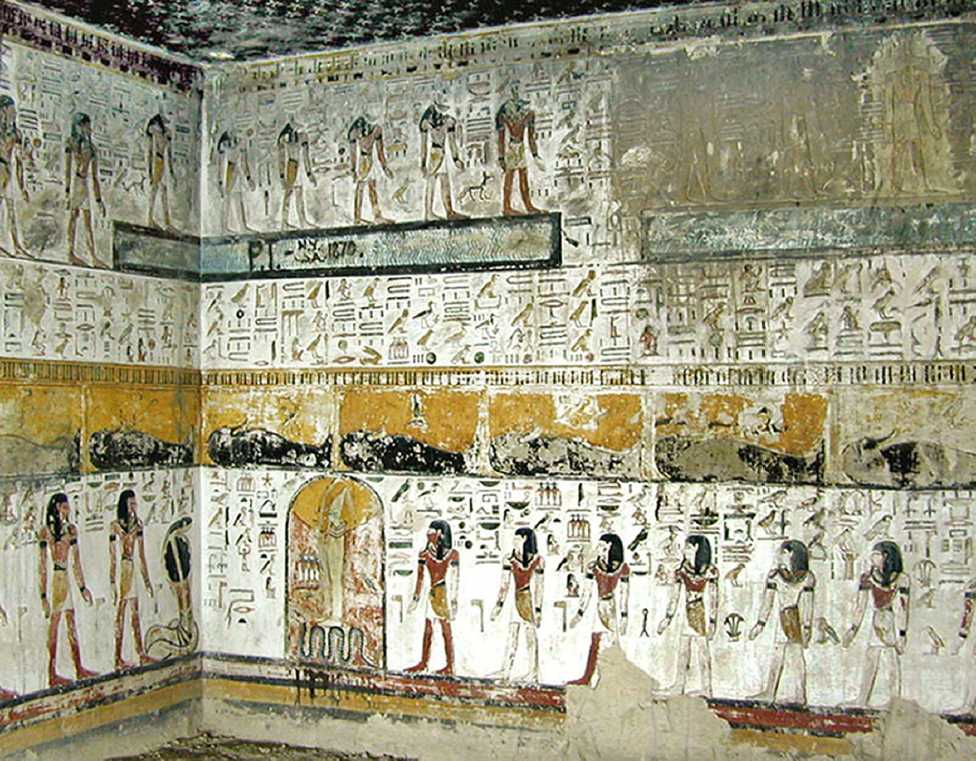
Wall decorations on the burial chamber of Seti I, the second pharaoh of the 19th Dynasty (r.1290-79 CE).
His tomb is generally regarded as the finest in the Valley of the Kings.
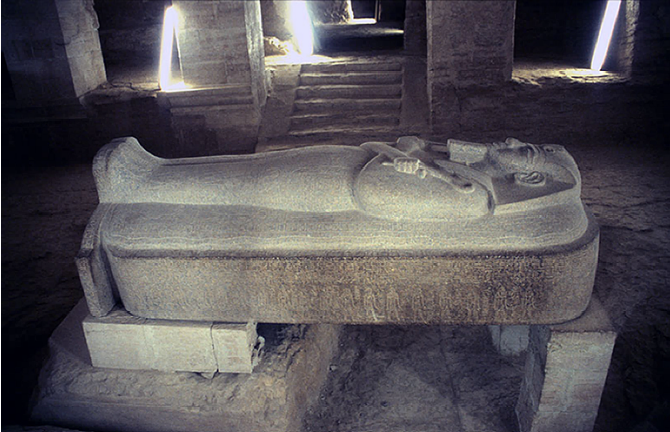
Sarcophagus of Pharaoh Merentpah (r.1213-1203 BCE).
He was the thirteenth son of Rameses II and only came to power because all his older brothers had predeceased him, by which time he was almost sixty. He suffered from arthritis and arteriosclerosis but lived for a further ten years.

Decoration on the lid of a box found in the tomb of Tutankhamun
It shows the pharaoh receiving flowers from Ankhesenamun, his half sister and principal wife. After his death she was briefly married to his successor, Ay, who was her maternal grandfather. Marriage within the family was not uncommon in ancient Egypt and was practised by the ruling family as a means of perpetuating the royal lineage. Tutankhamun’s parents were also brother and sister, which would explain some of the genetic conditions from which the boy king suffered, including a cleft palate and a club foot.
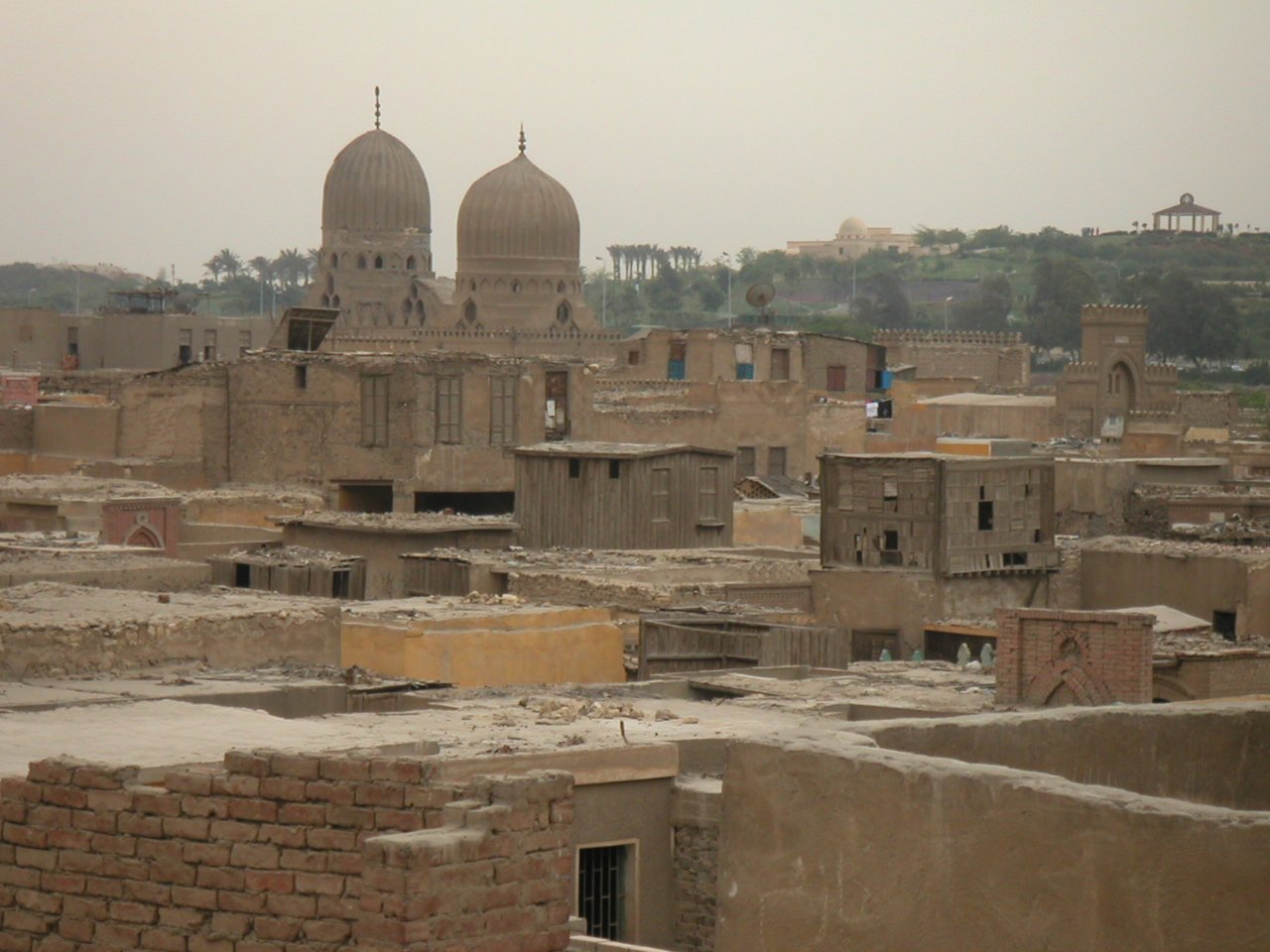
CITY OF THE DEAD, CAIRO.
On the outskirts of Cairo is a centuries old cemetery that has become home to as many as half a million Egyptians during recent decades. In the City of the Dead the living colonise the space of the departed.

The Sultan Al-Ashraf Qaitbay tomb mosque
An 1849 painting by David Roberts of one of the finest examples of Mamluk architecture, the Sultan Al-Ashraf Qaitbay tomb mosque in the City of the Dead.
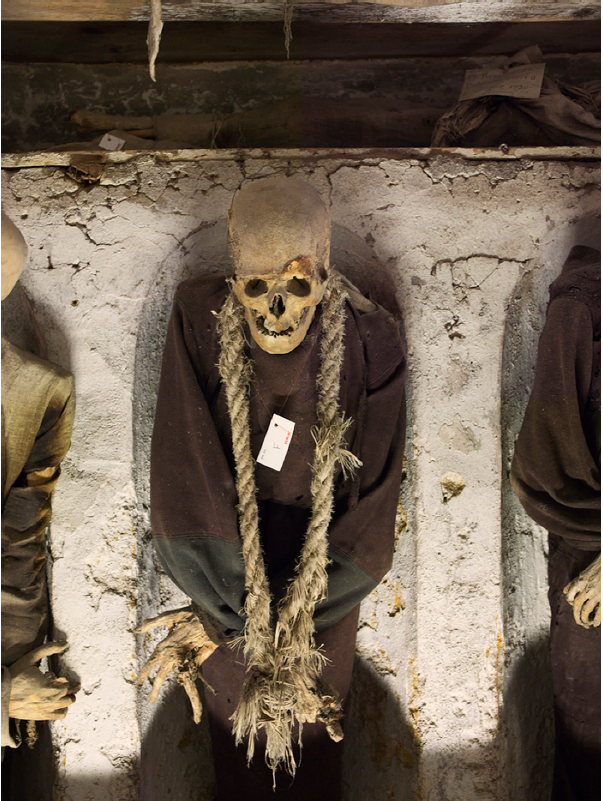
CATACOMBS, PALERMO.
A monk still wears the penitential rope that he carried around his neck as a self-inflicted punishment for his sins.
In 1599 the monks of the Capuchin monastery in Palermo began mummifying their deceased brethren and placing them in the catacombs they had excavated beneath their church. Over the following centuries it became a status symbol to be entombed there so that today the Capuchin catacombs contain over 2,000 mummies crammed into galleries that are divided into categories: priests, monks, professionals, men, women, children and virgins.
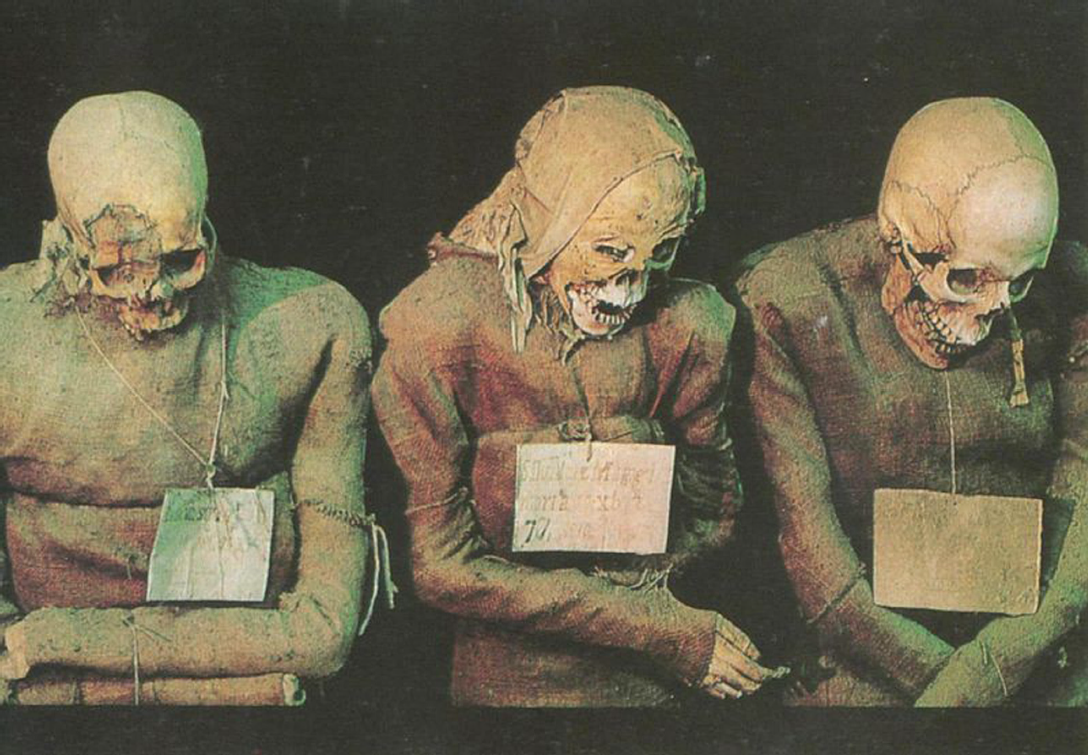
One hall of the crypt is reserved for the remains of monks who served in the Capuchin monastery.

Amongst the most poignant exhibits are those in the Children’s Hall.
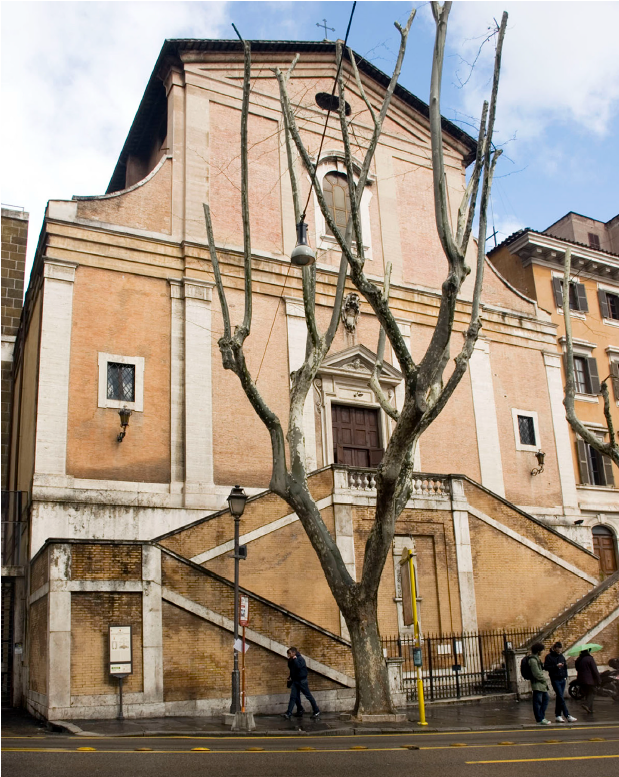
CAPUCHIN CRYPT. ROME.
The Capuchin Church of Santa Maria della Concezione.
Standing on the Via Veneto, one of the most fashionable and expensive streets in Rome, is the Church of Santa Maria della Concezione dei Cappuccini. It is modest in size and sober in design but it houses a crypt decorated during the full, ripe, dripping sunset of the Baroque style with the bones of over 4,000 Capuchin friars.